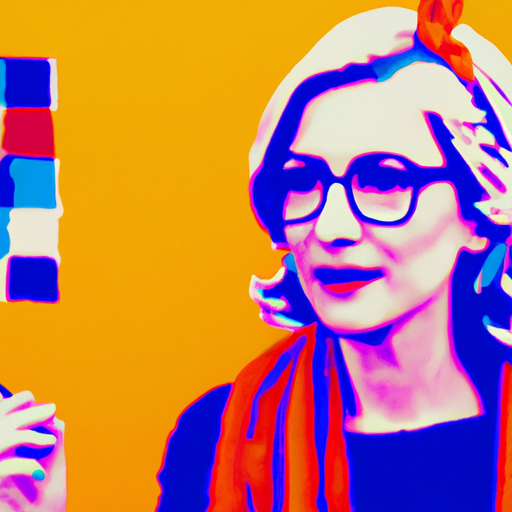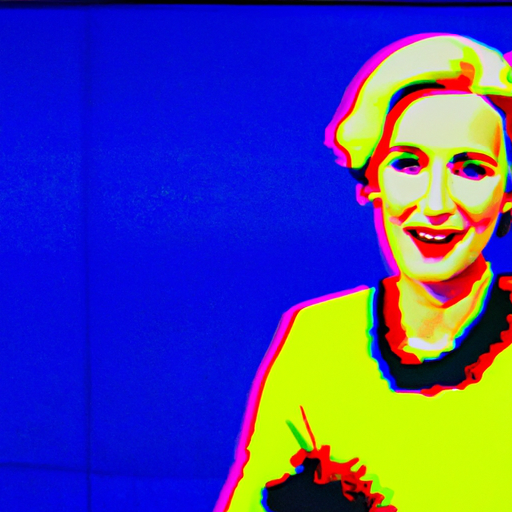
-
Table of Contents
- The Art of Editorial Illustration: Visual Storytelling in Journalism
- The History of Editorial Illustration
- The Role of Editorial Illustration in Journalism
- Techniques and Styles in Editorial Illustration
- Case Studies: The Impact of Editorial Illustration
- The Future of Editorial Illustration
- Conclusion
The Art of Editorial Illustration: Visual Storytelling in Journalism

Editorial illustration is a powerful tool that combines art and journalism to convey complex ideas and narratives in a visually compelling way. It plays a crucial role in enhancing the impact of written content, capturing the attention of readers, and providing a unique perspective on current events and social issues. In this article, we will explore the art of editorial illustration, its history, techniques, and its significance in visual storytelling within the realm of journalism.
The History of Editorial Illustration
Editorial illustration has a rich history that dates back to the early days of print media. In the 19th century, newspapers and magazines began incorporating illustrations to accompany their articles, providing a visual representation of the written content. These illustrations were often hand-drawn and engraved, adding depth and context to the stories they accompanied.
One of the most notable examples of early editorial illustration is the work of Thomas Nast, a political cartoonist who rose to prominence during the American Civil War. Nast’s illustrations, published in Harper’s Weekly, played a significant role in shaping public opinion and influencing political discourse. His iconic depiction of Santa Claus and the donkey and elephant symbols for the Democratic and Republican parties are still widely recognized today.
The Role of Editorial Illustration in Journalism
Editorial illustration serves as a visual commentary on current events, social issues, and political matters. It adds depth and emotion to written articles, capturing the attention of readers and conveying complex ideas in a concise and engaging manner. By combining art and journalism, editorial illustrations provide a unique perspective that can evoke strong emotions and spark conversations.
One of the key roles of editorial illustration is to simplify complex topics. By using visual metaphors, symbols, and caricatures, illustrators can distill complex ideas into easily understandable images. This helps readers grasp the essence of an article quickly and encourages them to delve deeper into the accompanying text.
Moreover, editorial illustrations can challenge the status quo and provoke critical thinking. They have the power to question authority, expose injustices, and shed light on marginalized voices. By visually representing social issues and political controversies, editorial illustrations can inspire readers to reflect on their own beliefs and take action.
Techniques and Styles in Editorial Illustration
Editorial illustration encompasses a wide range of techniques and styles, each with its own unique characteristics and visual language. Here are some of the most common techniques used in editorial illustration:
- Traditional Illustration: This technique involves hand-drawn or painted illustrations using traditional mediums such as pen and ink, watercolor, or acrylic. Traditional illustration adds a sense of authenticity and craftsmanship to editorial pieces.
- Digital Illustration: With the advent of digital tools and software, many illustrators have embraced digital techniques. Digital illustration offers greater flexibility, allowing artists to experiment with different styles, colors, and textures.
- Collage: Collage involves combining different elements such as photographs, textures, and hand-drawn elements to create a visually striking composition. Collage illustrations can add depth and texture to editorial pieces.
- Minimalism: Minimalist illustrations use simple shapes, lines, and colors to convey complex ideas. This style is often used to distill complex topics into their essential elements, creating visually impactful and easily understandable illustrations.
Regardless of the technique or style used, effective editorial illustrations share certain characteristics. They are visually striking, thought-provoking, and complement the written content they accompany. They have the power to evoke emotions, spark conversations, and leave a lasting impression on the reader.
Case Studies: The Impact of Editorial Illustration
Several case studies highlight the significant impact of editorial illustration in journalism. One such example is the work of Steve Brodner, an American illustrator known for his political cartoons. Brodner’s illustrations have been featured in major publications such as The New Yorker and The Washington Post. His powerful and often satirical illustrations have the ability to distill complex political issues into visually compelling images, making them accessible to a wide audience.
Another notable case study is the work of Molly Crabapple, an artist and journalist who combines illustration and reportage to shed light on social and political issues. Crabapple’s illustrations have accompanied articles on topics such as the Syrian refugee crisis and the Occupy Wall Street movement. Her detailed and emotionally charged illustrations provide a unique perspective on these issues, capturing the attention of readers and inspiring empathy.
The Future of Editorial Illustration
As technology continues to evolve, so does the field of editorial illustration. With the rise of digital media and social platforms, illustrators now have new avenues to showcase their work and reach a global audience. Social media platforms such as Instagram and Twitter have become powerful tools for illustrators to share their work, connect with other artists, and engage with readers.
Furthermore, the demand for editorial illustration is growing as more publications recognize its value in enhancing storytelling. Illustrations can be found in newspapers, magazines, online publications, and even in digital storytelling formats such as interactive graphics and animations. The versatility of editorial illustration allows it to adapt to different mediums and platforms, ensuring its relevance in the ever-changing landscape of journalism.
Conclusion
Editorial illustration is a powerful form of visual storytelling that adds depth, emotion, and context to written content. It has a rich history and continues to play a crucial role in journalism by simplifying complex topics, challenging the status quo, and sparking conversations. Through various techniques and styles, editorial illustrations capture the attention of readers and provide a unique perspective on current events and social issues.
As technology advances, the future of editorial illustration looks promising. With the rise of digital media and social platforms, illustrators have more opportunities than ever to showcase their work and reach a global audience. The demand for editorial illustration is growing, and its versatility allows it to adapt to different mediums and platforms.
In conclusion, editorial illustration is an art form that combines creativity and journalism to create visually compelling narratives. It has the power to inform, inspire, and provoke critical thinking, making it an essential component of modern journalism.
